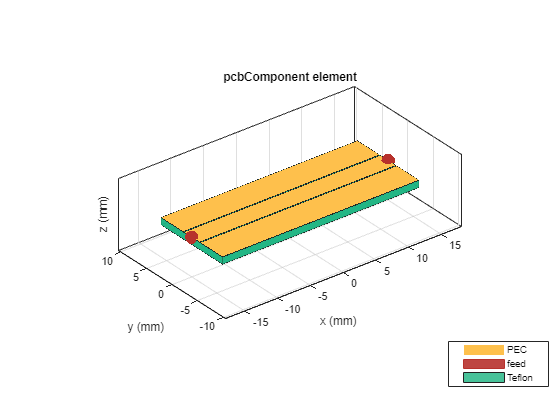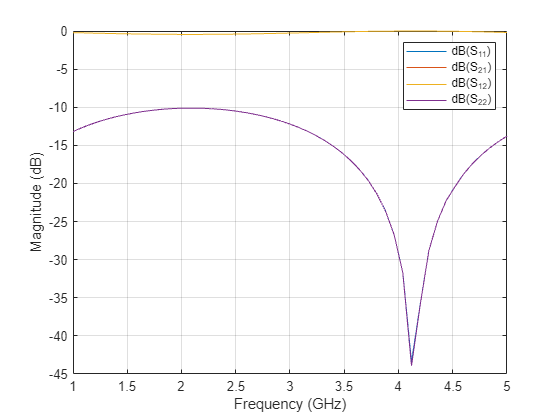ArbitraryFiniteGapFeed
Description
Use the ArbitraryFiniteGapFeed object to create and specify the
FeedDefinitions property in a parent pcbComponent
object.
Creation
Description
f1=ArbitraryFiniteGapFeed creates a default
ArbitraryFiniteGapFeed object.
f1=ArbitraryFiniteGapFeed(
sets object Properties
using one or more name value arguments. Properties not set retain their default
value.PropertyName=Value)
Properties
Examples
Version History
Introduced in R2024b

